|
Are you curious about trying Pilates but unsure whether to opt for a group class or private session? While both options have their merits, today we'll focus specifically on the benefits of taking a group Pilates class. Whether you're a beginner or an experienced practitioner, group classes can offer you unique advantages and to help you get the most out of your Pilates practice.
1. Motivation and Support One of the key advantages of group Pilates classes is the high level of motivation and support you receive. Exercising in a group setting enables you to connect with fellow participants who share similar health and fitness goals. The camaraderie and positive energy within a class setting can be incredibly inspiring and uplifting. When you see others working hard and making progress, it encourages you to push yourself further and stay committed to your own practice. 2. Increased Accountability In a group Pilates class, you're more likely to stay accountable to your workouts. When you have a regular class schedule with designated times to attend, it becomes easier to maintain consistency in your practice. Knowing that your instructor and classmates are expecting you to show up can serve as a powerful motivator to stick to your fitness routine. This level of accountability can be especially beneficial if you struggle with self-discipline when working out on your own. 3. Variety and Fun Group Pilates classes are known for their diverse range of exercises and routines. Pilates instructors often design classes that incorporate various props, equipment, and modifications to cater to different skill levels and individual needs. This variety not only keeps the classes engaging and enjoyable but also helps to challenge your body in new and different ways. Being part of a group class encourages you to try new exercises and techniques that you might not typically explore on your own, adding an element of excitement to your Pilates practice. 4. Cost-Effective Option If budget is a consideration, group Pilates classes tend to be more cost-effective than private sessions. By sharing the cost of an instructor's time with other class members, you can access high-quality instruction at a fraction of the cost. This affordability allows you to attend classes more frequently, increasing the potential for progress and overall improvement in your Pilates practice. As a bonus, additional class discounts are given when you take advantage of our membership options! 5. Social Connection Group Pilates classes provide an excellent opportunity to meet like-minded individuals who share your passion for health and wellness. Engaging in a common activity allows you to connect with others who prioritize their well-being. Over time, you may form friendships and support networks that extend beyond the studio walls. The social element of group classes can enhance your overall experience and make your Pilates journey even more meaningful. Join a Group Pilates Class at The Pilates Center Fort Worth! While private Pilates sessions certainly have their advantages, participating in a group Pilates class offers unique benefits that can enhance your practice. From increased motivation and support to a sense of accountability and affordability, group classes provide an empowering and enjoyable environment for your Pilates journey. So, don't hesitate—join a group Pilates class today and experience the numerous advantages it has to offer. In September, we added two additional group classes to our regular schedule, so now you have more options than ever to book a class that works for you. We look forward to welcoming you to The Pilates Center community! Note: At The Pilates Center, we offer a wide range of group Pilates classes suitable for all levels. For more information on our class schedule and how to join, please contact us at 817-737-2673.
0 Comments
As the leaves change colors and a gentle nip fills the air, we are reminded that fall brings more than just pumpkin spice lattes and cozy sweaters. It also offers an abundance of delicious, nutrient-rich vegetables that can be easily incorporated into a plant-based diet. Today, we'll explore the numerous benefits of a plant-based diet and highlight some of the BEST produce that is in season at the moment.
The Benefits of a Plant-Based Diet A plant-based diet, rich in fruits, vegetables, whole grains, legumes, nuts, and seeds, has been celebrated by health professionals and researchers around the world for its remarkable benefits. Here are just a few reasons why you should consider adopting a plant-based lifestyle: 1. Enhanced Nutritional Intake: By focusing on plant-based foods, you naturally increase your intake of essential vitamins, minerals, and antioxidants. These nutrients play a crucial role in strengthening your immune system, promoting optimal digestion, and maintaining overall vitality. 2. Heart Health: Plant-based diets have been associated with a reduced risk of heart disease. The high fiber content and absence of cholesterol in plant foods contribute to lower blood pressure and improved heart health, reducing the chances of developing cardiovascular complications. 3. Weight Management: A plant-based diet naturally tends to be lower in calorie density, making it an effective choice for weight management. With an emphasis on nutrient-dense foods, you can indulge in a satisfying array of plant-based options, while still maintaining a healthy weight. 4. Gut Health: The fiber content in plant foods, such as vegetables, fruits, and whole grains, is a boon for gut health. These fibers act as prebiotics, nourishing the beneficial bacteria in your gut and promoting a healthy microbiome. A thriving gut microbiome is linked to improved digestion, enhanced immune function, and even better mood. Top Fall Vegetables to Add to Your Pantry Now that we've established the incredible benefits of a plant-based diet let's dive into the array of fall vegetables that can take your plant-powered meals to the next level: 1. Sweet Potatoes: Rich in beta-carotene, fiber, and potassium, sweet potatoes are an excellent addition to your fall menu. Roasted, mashed, or in soups - these versatile vegetables offer a satisfying sweetness that will nourish both your body and your taste buds. 2. Kale: This leafy green powerhouse is packed with vitamins A, C, and K, along with minerals like iron and calcium. Emerge from summer slump and celebrate the crisp air with a hearty kale salad or sautéed kale with garlic as a delightful side dish. 3. Butternut Squash: Bursting with vitamins A, C, and E, butternut squash is a true fall gem. Roast it, spiralize it into butternut "noodles," or make a velvety soup. The options are as versatile as they are delicious! 4. Brussels Sprouts: These mini cabbages are a nutritional powerhouse, providing folate, vitamin C, and fiber. When people tell me they don’t like these, I think it’s because they were served them boiled when they were little. They can be SO delicious if you ROAST them! Roast them with a touch of balsamic glaze or you can also finely chop them and add them raw to a seasonal salad for a delightful crunch. 5. Cauliflower: With its mild flavor and remarkable versatility, cauliflower is a fall vegetable that can be transformed into rice, mashed potatoes, or even a pizza crust. Rich in vitamins C and K, as well as fiber, this cruciferous vegetable deserves a prominent place on your plate. Embracing a plant-based diet not only benefits your health but also celebrates the bounty of the fall season. By incorporating nutrient-rich vegetables into your meals, such as sweet potatoes, kale, butternut squash, brussel sprouts, and cauliflower, you can unlock a world of flavors, textures, and culinary creativity. So, grab your apron, hit the local farmer's market, and start exploring the delicious wonders that a plant-based fall can offer. Your body and taste buds will thank you! Remember, dear readers, at Pilates Center Fort Worth, we believe that true wellness stems from nourishing both the body and the mind. Stay tuned for more invigorating articles on nutrition, fitness, and everything in between. Until next time! Growing by Leaps and Bounds
Fall can sometimes be a time of hibernation and slowing down, but not so in our studio! This Fall has gotten off to an AMAZING start at The Pilates Center Fort Worth! The environment and setup of a Pilates studio play a crucial role in enhancing the overall experience of everyone who steps foot in our doors. That’s why we were SO excited that we completed our studio expansion at the end of August. We truly appreciate everyone’s patience throughout the construction, and we’re so happy with the results! The expansion wasn’t just about getting bigger, it was about getting better for our clients. Our new space provides a sense of tranquility, allowing individuals to shift their focus inward and connect with their bodies. The use of natural light, calming colors, and well-ventilated spaces creates an inviting and peaceful atmosphere. Additionally, we’ve ensured ample space for movement, allowing for a seamless flow and uninterrupted sessions. The cleanliness, organization, and accessibility of our equipment and amenities are important to us, as they contribute to a safe and comfortable environment. In our new space, clients and instructors can fully embrace the mind-body connection, optimize their workouts, and achieve their wellness goals with greater ease and enjoyment. If you haven’t been in our new space yet, please- come check us out! On top of our expansion, we were blessed to welcome two new instructors in September: Anna Anders, a current TCU Classical and Contemporary Dance Major. Anna Anders is working to earn her BFA in Ballet and Modern Dance at Texas Christian University’s School for Classical & Contemporary Dance, along with a Pilates Teacher Training Certificate. Anna began her dance training at Western Arkansas Ballet and later joined the organization’s Pre-Professional Company, furthering her training in classical ballet, pointe, modern, and jazz. As a company member with Western Arkansas Ballet, Anna also had the opportunity to perform at Regional Dance America Festivals across the country. Since being at TCU, Anna has performed in excerpts from Swan Lake, excerpts from the Sleeping Beauty, and in a work by Christian von Howard, along with choreographic works set by members of the graduating classes of 2022 and 2023. Anna has also spent several summers with Burklyn Ballet Theatre, performing roles from Giselle, La Bayadére, Swan Lake, Graduation Ball, as well as other works of choreography set by master teachers. Anna is currently working towards certification through TCU’s 600-hour Pilates Teacher Training program. She looks forward to engaging with the Fort Worth community while furthering her knowledge and training in Pilates! Faith Wood, a current TCU Ballet and Strategic Communications major in the Honors college Faith is working towards a BFA in Ballet and Strategic Communications in the Honors college at Texas Christian University. She began her dance training at North Atlanta Dance Academy and then moved to Gulfshore Ballet in Fort Myers, FL where her parents reside today. Since dancing at TCU, Faith has had the opportunity to perform pieces choreographed by Adam Mckinney, Joy Bollinger, William Isaac, etc; along with choreographic works set by members of the graduating classes of 2021, 2022, and 2023. She fell in love with Pilates through TCU’s Pilates Teacher Training Certificate program and has been teaching Pilates classes in Fort Worth for the past year. Through Pilates and dance, Faith has found an appreciation for mind-body connection that she strives to share with her clients. Her passions for movement, curiosity, and teaching work together to create an environment that supports each client’s personal journey. Most importantly, Faith works to ensure her clients leave each session feeling empowered and proud of their work. We would love for you to come workout with us. View our Schedule and Rates here or book your first session here. Well fellow Texans, we survived the summer! With its sweltering days, I thought the heat might never end. It can be hard to prioritize our health and wellbeing in the summer, with the kiddos out of school, the heat intense, and crazy summer schedules. But come this Fall, there’s never been a better time to start (or restart!) your Pilates practice.
Here are the top 10 reasons why you should consider starting a Pilates practice this fall. 1. Stress Relief and Mental Clarity As the leaves change and the weather cools, Pilates provides the perfect opportunity to unwind and find mental clarity. This mind-body exercise helps reduce stress levels, allowing you to focus on breathing and movement. Say goodbye to the pressures of everyday life as you find tranquility on your reformer. 2. Improved Posture Sitting at a desk all day or looking down at screens can lead to poor posture. Pilates targets core muscles while promoting proper alignment, helping you achieve a strong and confident posture that supports long term spinal health and enhances your overall appearance. 3. Increased Flexibility Did the stress of summer leave you tight and stressed? Or maybe fall schedules are the stress culprit! Pilates can help improve your flexibility by elongating muscles and increasing your range of motion. Embrace the changing season by exploring the autumnal wonders with a more supple body. 4. Enhanced Strength and Muscle Tone Pilates is a full-body workout that engages muscles you never knew you had! By focusing on controlled movements and resistance, Pilates helps build lean muscle mass. Strengthen your body and witness the transformation as you embody grace and strength. 5. Boosted Energy Levels As the days grow shorter and darker, we may start to feel fatigued. However, Pilates can be your secret weapon against the fall slump. Engaging in regular practice will boost your energy levels and leave you feeling invigorated. 6. Injury Prevention In your athletic endeavors and even just the hustle and bustle of daily life, injuries can easily occur. Pilates, with its emphasis on proper form and alignment, acts as a shield against potential injuries. Incorporating Pilates into your routine this fall will provide a solid foundation for a healthier, injury-free lifestyle. 7. Weight Loss and Body Sculpting As cozy sweaters and layers become essential fall attire, staying in shape is crucial. Pilates is a low-impact exercise that burns calories and helps you shed those extra pounds. Let Pilates be your cornerstone for achieving your weight loss and body sculpting goals this season. 8. Improved Balance and Coordination Navigating through slippery leaves and uneven terrain can make fall activities challenging. Pilates enhances your balance and coordination, making it easier to stay agile and confident. Embrace autumn adventures with a newfound grace and stability. 9. Mind-Body Connection Pilates isn't just about the physical benefits; it's also about connecting with your mind and body. This holistic approach allows you to tune in, be present, and better understand yourself. You'll leave each Pilates session feeling renewed and balanced in both mind and body. 10. Community and Support Starting a Pilates practice this fall means gaining entry to a welcoming community of like-minded individuals. At The Pilates Center, you'll find camaraderie, encouragement, and a support system to guide you through your Pilates journey. Celebrate the changing seasons together and forge meaningful connections along the way. Joining the world of Pilates this fall offers an array of benefits that extend far beyond the exercise itself. From reducing stress and enhancing posture to improving strength and balance, Pilates is a transformative practice. Embrace the vibrant season and discover the countless ways Pilates can enrich your life. Start your journey this fall and witness the positive impact it has on your overall well-being. Let Pilates be the golden leaf of change that ignites your passion for a healthier and happier you! Pilates During Menopause: A Match Made in Heaven!
While menopause is a natural stage in every woman's life, it often comes with its fair share of physical and emotional challenges. Though we can’t avoid going through this stage of life, there are ways to alleviate its symptoms and improve overall well-being. One of my most highly recommended is, of course- Pilates! 1. Promotes Bone Health During menopause, estrogen levels decrease, leading to a loss of bone density and an increased risk of osteoporosis. Pilates emphasizes weight-bearing exercises that are low impact and stimulate bone growth, improving overall bone health. The controlled movements and resistance utilized in Pilates workouts help strengthen the bones, reducing the likelihood of fractures and improving stability. 2. Enhances Posture Menopause can often result in changes in posture due to hormonal imbalances, loss of muscle mass, and altered body composition. Pilates workouts focus on core strength, alignment, and elongation of the spine. They aid in correcting postural imbalances, preventing issues like round shoulders, forward head posture, and reduced flexibility, ultimately promoting better body alignment and balance. 3. Increases Muscle Tone and Strength With the decrease in estrogen during menopause, women naturally experience a loss of muscle mass. Engaging in Pilates exercises can help combat this muscle loss by targeting and toning various muscle groups. The controlled resistance training involved works to build lean muscle, increase overall strength, and restore muscular balance, resulting in improved functional abilities and vitality. 4. Alleviates Hot Flashes and Reduces Stress Menopausal symptoms like hot flashes, night sweats, and mood swings can be anxiety-inducing and disruptive to everyday life. Pilates, with its emphasis on controlled breathing and intentional movement, helps regulate and deepen the breath, promoting relaxation and reducing stress levels. Through mindful exercise, Pilates can enhance mental clarity, reduce anxiety, and contribute to better management of hormonal fluctuations. 5. Improves Pelvic Floor Health Menopause can sometimes lead to pelvic floor dysfunction, resulting in issues like urinary incontinence and pelvic organ prolapse. Pilates exercises specifically target the deep core muscles, including the pelvic floor. Regular practice can strengthen the pelvic floor and enhance its function, minimizing the risk of pelvic floor disorders and improving overall pelvic stability. While menopause can bring about various challenges, incorporating Pilates into your daily routine can greatly contribute to managing menopausal symptoms and promoting overall well-being. Pilates not only addresses physical changes but also offers numerous mental and emotional benefits. By focusing on core strength, flexibility, and posture, Pilates becomes an invaluable exercise companion for women navigating the transition of menopause. Embrace this empowering practice and take charge of your menopausal journey with Pilates as a trusted ally! Embrace the Gentle Path: Why Punishing Our Bodies for Exercise is Unnecessary In our fast-paced, outcome-driven society, the concept of exercise is often accompanied by the idea of pushing our bodies to extremes. Many of us have grown accustomed to equating pain with gain, believing that punishing ourselves during workouts is the only path to achieving our fitness goals. However, at The Pilates Center, we believe there is a better way. Why is Punishing Our Bodies for Exercise is Unnecessary? 1. Sustainable Progress: Punishing our bodies through intense workouts might offer immediate results, but it often leads to burnout, injuries, and a lack of long-term commitment. True progress lies in adopting a sustainable approach, one that nurtures and respects our bodies throughout the journey. Exercise should enhance our overall well-being, not leave us feeling depleted and defeated. 2. Mind-Body Connection: Punishing exercise regimens can be mentally and emotionally draining. They create an association between exercise and negative emotions such as dread or even incompetence. By opting for gentle movement practices like Pilates, we can establish a positive mind-body connection grounded in self-care, self-acceptance, and self-love. This fosters a healthier relationship with exercise and promotes mental wellbeing. 3. Reduced Risk of Injury: Intense workouts often push our bodies past their limits, increasing the likelihood of injury. On the other hand, Pilates promotes mindful movement, focusing on core strength, flexibility, and balance. By gently engaging our muscles and joints, we minimize the risk of strains, sprains, and other exercise-related injuries. This allows us to be proactive and efficient about our physical health without putting unnecessary stress on our bodies. Why Pilates? A Gentle Path to Movement Don’t get me wrong. Gentle does not equal easy. You will sweat and you will work hard in Pilates. But you will move your body mindfully. You’ll learn to work with your body instead of against it. Pilates is a comprehensive exercise system that prioritizes developing the whole body, including strength, flexibility, coordination, and balance. By practicing Pilates, we engage in a holistic approach to movement that benefits not only our physical fitness but also enhances our mental clarity and overall wellness. Pilates also emphasizes body awareness, teaching us to listen to our bodies and move with intention. This is much different than just mindlessly running on the treadmill. It’s not that running or other high impact programs are bad. I was a runner myself in another lifetime, and was greatly benefited by cross-training with Pilates. In our exercise regimes, as in life, we need balance. Try adding in some Pilates into your routine if you’re not already, and feel the difference that mindful movement can make in your everyday life. Discover Your Path to Success as a Certified BASI Pilates Instructor
Are you passionate about fitness and helping others achieve their wellness goals? If so, consider signing up for our upcoming BASI Pilates Instructor training! With its comprehensive training program and extensive global recognition, BASI Pilates offers you a unique opportunity to transform lives while nurturing your own personal growth. Trust in the BASI Pilates Legacy Established in 1989 by renowned Pilates instructor Rael Isacowitz, BASI Pilates has become a global leader in Pilates education. With over three decades of experience and a presence in more than 30 countries, BASI Pilates sets the gold standard in Pilates teacher training. By choosing to become a certified BASI Pilates Instructor, you align yourself with an esteemed organization that prioritizes excellence, integrity, and innovation. With access to unparalleled resources and support, your journey towards becoming a respected professional in the world of Pilates is bound to be exceptional. Comprehensive and Versatile Training Program At the Pilates Center, we offer both the Mat Teacher Training and the Comprehensive Teacher Training. The BASI curriculum is meticulously designed to equip you with the knowledge, skills, and techniques necessary to deliver exceptional results to your clients. Mat Program The BASI Pilates® unique approach to Mat Work as the foundation of the Pilates method permeates this exciting course. Taught to be applicable in many different settings and environments, it covers a very wide repertoire of Mat Work exercises and the integration of small apparatus. BASI encourages students to regard the Mat Work course as a springboard to the Comprehensive course. Comprehensive Program The BASI Pilates® Comprehensive Teacher Training Program gives students in-depth knowledge of Pilates theory, exercises, and skills to teach advanced-level clients on the Reformer, Cadillac, Wunda Chair, Ladder Barrel, F2 Spine Corrector, F2 Arm Chair, Ped-a-Pul, Mat, and other auxiliary apparatus. The BASI Pilates Comprehensive TeacherTraining Program consists of 12 modules and, upon completion of all 12 modules, students are eligible to pursue a Comprehensive Pilates teaching certificate. Expand your Career Opportunities Becoming a certified BASI Pilates Instructor opens up a world of exciting career opportunities. As the demand for Pilates continues to rise, there is a growing need for highly qualified instructors who can deliver safe and effective sessions. Whether you choose to work at established Pilates studios, fitness centers, rehabilitation clinics, or even start your own business, a certification from BASI Pilates will set you apart from the competition. Industry leaders recognize BASI Pilates as a mark of excellence and professionalism, ensuring that you will be highly sought after by employers and clients alike. What are you waiting for? Register or learn more here. Why Should We Include More Plant-Based Foods in Our Diets
As we become more aware of the impact our diets have on the environment, our health, and the welfare of animals, more and more people are turning to starting to include more plants in their diets- YES!! And by plants, I DON’T just mean vegetables. A plant based diet includes foods like
At the heart of this shift is the realization that we can improve our health while also better protecting the planet by simply including more plant-based foods in our meals. So why should YOU start including more plant based foods in your diet? Better for our health Research shows that diets based on plant-based foods are better for our health than those based on animal products. Plant-based diets tend to be lower in saturated fats, cholesterol, and calories, and higher in fiber, antioxidants, and essential nutrients like vitamins C and E, carotenoids, and potassium. This can reduce the risk of chronic diseases such as heart disease, diabetes, and cancer. Additionally, plant based foods are easily digested which leads to better gut health. Worried about protein? There are plenty of plant-based foods packed with protein like chick-peas, almonds and lentils. Plant-based protein powders are also easily accessible in the market. In summary, plant-based foods promote better overall health. And when we FEEL better, we LIVE better. Better for the environment Industrial animal agriculture is one of the biggest contributors to climate change, deforestation, and water pollution. By including more plant-based foods in our diets, we can reduce the environmental impact of our food choices. Plant-based foods require less land, water, and other resources to produce, and generates fewer greenhouse gas emissions and waste products than animal products. Better for animals Unfortunately in the US, the vast majority of animal agriculture involves factory farming in really deplorable conditions. Not only is this bad for the animals, it's bad for the land as well! By choosing plant-based foods, especially those from local and organic farms, we can spare animals from the suffering of factory farming, transport, and inhumane slaughter practices. This isn't to say we eliminate ALL animal based products from our diet (I love my salmon!). But the companies you choose to support can make a difference. Check out resources like Regenerative Mama that list resources for meat, dairy, and home goods that have been regeneratively/beyond organic farmed. Whether it's for our health, the environment, or animals, plant-based diets offer a host of benefits that are hard to ignore. So next time you sit down to eat, think about how you can incorporate more plant-based foods into your meal and enjoy the benefits of a more mindful and sustainable diet! Photos above from the Master I and II BASI Legacy Program in at BASI last month. I’m so thankful to to Rael, BASI founder, for sharing the gift of his life’s work with us and for all the faculty that generously guided us through an incredible 6 days! I’m bringing everything I learned back to our clients and I’m SUPER excited.
I often get asked, why BASI Pilates? Pilates was created by Joseph Pilates in the early 20th century and has since gained worldwide popularity for its holistic approach to fitness and wellness. BASI Pilates is one of the many methods that have emerged from the original Pilates system, and The Pilates Center Fort Worth is proud to be a host studio for their Comprehensive Teacher Training Program. In this blog post, I’ll talk a little about the history and approach of BASI Pilates and explain how it is different from other Pilates approaches. Origin of BASI Pilates BASI Pilates was founded by Rael Isacowitz in 1989. Isacowitz was a professional dancer and gymnast who was introduced to the Pilates system while rehabilitating a dance injury. He immediately became immersed in the Pilates method and soon began to develop his own approach by incorporating his background in gymnastics and dance. Rael’s approach was based on a deep understanding of anatomy, kinesiology, and biomechanics. He believed that every person is unique and has different needs, and that the Pilates method should be adapted to meet those needs. This led him to develop a comprehensive teacher training program that emphasized the principles of the Pilates method, while also providing instructors with the skills and knowledge to modify exercises for different body types and fitness levels. BASI Pilates has since become one of the most respected Pilates methods in the world, with a presence in over 35 countries. Its reputation is built on its commitment to excellence in education, its focus on body mechanics and functional movements, and its dedication to helping people achieve their fitness goals through safe, effective, and mindful movement. The Approach of BASI Pilates BASI Pilates is a comprehensive approach to Pilates that focuses on the principles of concentration, control, centering, precision, breath, and flow. It emphasizes the development of core strength, flexibility, and balance, while also improving posture, alignment, and body awareness. One of the key differences between BASI Pilates and other methods is its commitment to individualized instruction. BASI Pilates teachers are trained to assess each client’s needs and abilities, and to adapt the exercises accordingly. They are also skilled in modifying the exercises to accommodate injuries or health conditions, making Pilates accessible to a wide range of people. With BASI Pilates, there is a strong emphasis on functional movements. This means that the exercises performed in Pilates are specifically chosen to help clients improve their movements in daily life, such as bending, lifting, and carrying. By focusing on movements that are practical and applicable to everyday activities, BASI Pilates can help clients prevent injury and improve their overall quality of life. The goal is to create stronger, more efficient movement patterns that will transfer to everyday living and help clients to maintain their independence as they age. BASI Pilates instructors are trained to analyze movement patterns and design customized exercises that address the individual needs of each client, making it a highly effective and personalized approach to fitness. So what are you waiting for? Book a private or group class with us today- and experience the absolute joy of BASI Pilates for yourself! In my family, we avoid foods that contain toxic ingredients like BPA, BHA, BHT and TBHQ in our food (at home where I can control it anyway)… I NEVER would have thought it could be in our clothes!
So I was really alarmed when I saw an article from CNN with this headline: A growing number of sports bras, shirts and leggings brands found with high levels of toxic chemical, watchdog warns With all that I’ve read about the harms of BPA, coupled with the fact that I basically live in workout clothes, this article certainly caught my attention. So what was found? The Center for Environmental Health (CEH) is a nonprofit whose mission is to “protect people from toxic chemicals by working with communities, consumers, workers, government, and the private sector to demand and support business practices that are safe for public health and the environment.” According to the CEH, an increasing number of sports bra and athletic wear brands have been found with high levels of BPA in them. BPA stands for bisphenol A, an industrial chemical that has been used to make certain plastics and resins since the 1950s. Some research has shown that BPA can seep into food or beverages from containers that are made with BPA, and can seep into the skin through exposure to receipts. Exposure to BPA is a concern because of the possible health effects on the brain and prostate gland of fetuses, infants and children. It can also affect children's behavior. Additional research suggests a possible link between BPA and increased blood pressure, type 2 diabetes and cardiovascular disease. In 2018, the US Food and Drug Administration published findings from “the largest study ever conducted to study the full range of potential health effects from exposure to BPA. This study along with many others confirmed that BPA is safe at the very low levels to which consumers are exposed.” The state of California, however, went a step further and set the “safe” limit for BPA exposure at 3 micrograms/day. Based on California’s levels, the Center for Environmental Health (CEH) claims to have sent legal notices to eight brands whose leggings, shorts, sports bras, and athletic shirts after testing showed the clothing could expose wearers to up to 40 times the safe limit of BPA. Which brands were affected? The newly tested athletic wear brands and their products include leggings from Athleta, Champion, Kohl’s, Nike and Patagonia, sports bras from Sweaty Betty, athletic shirts from Fabletics and shorts from Adidas, Champion and Nike. The group also tested athletic shirts from brands that included The North Face, Brooks, Mizuno, Athleta, New Balance, and Reebok and found similar results; as well as socks from over 100 different companies. They are actively encouraging these companies to reformulate their clothing to remove exposure to BPA. See the list of sock brands with high levels of BPA. See the list of athletic shirts and sports bras with high levels of BPA. What can you do? To limit your exposure to BPAs found in some active wear, CEH recommends:
You can also take action: Tell Fashion CEOs: Take the BPA Out of Socks Tell Activewear CEOs: Take the BPA Out of Sports Bras and Athletic Shirts! |
Heather GradkeI'm a BASI Certified Pilates Instructor by day, somewhat competent housewife by night. I used to have hobbies but then CHILDRENS. I am married to the love of my life and somewhat charismatic Rustin Gradke. I have 4 kids that are wonderful sometimes but mostly they just eat a lot. I'm a lover of God and movement and the occasional bowl of queso. Archives
April 2024
Categories |
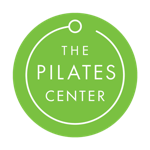
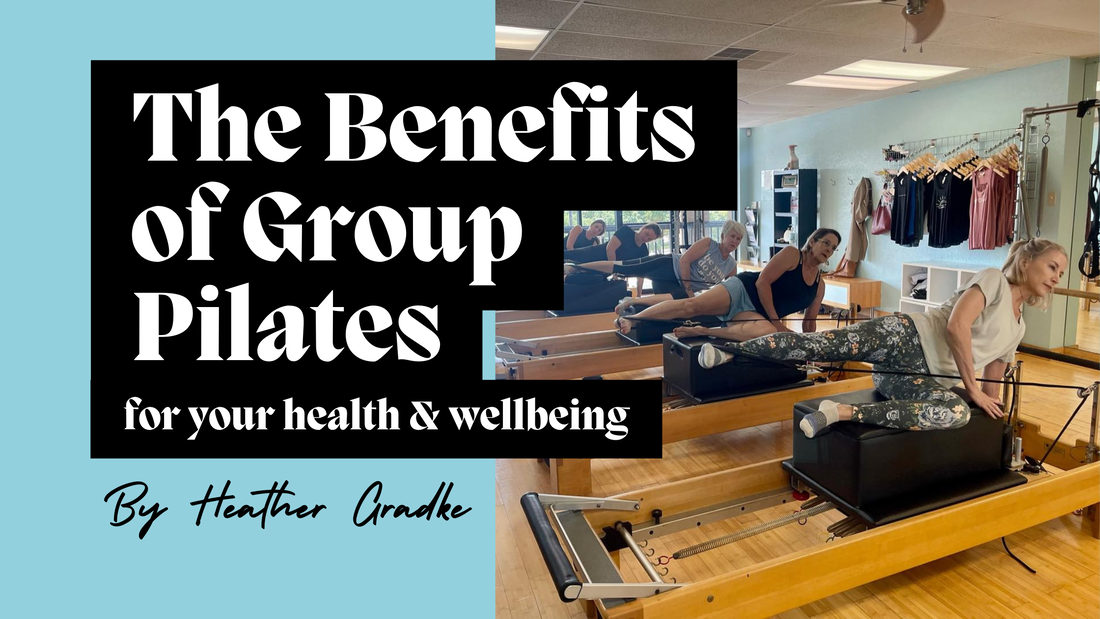
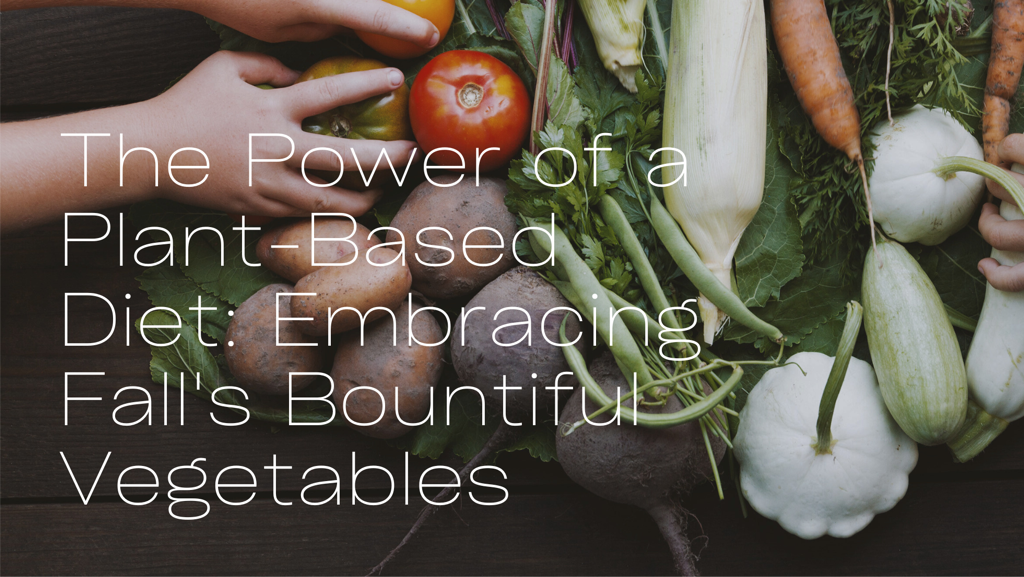
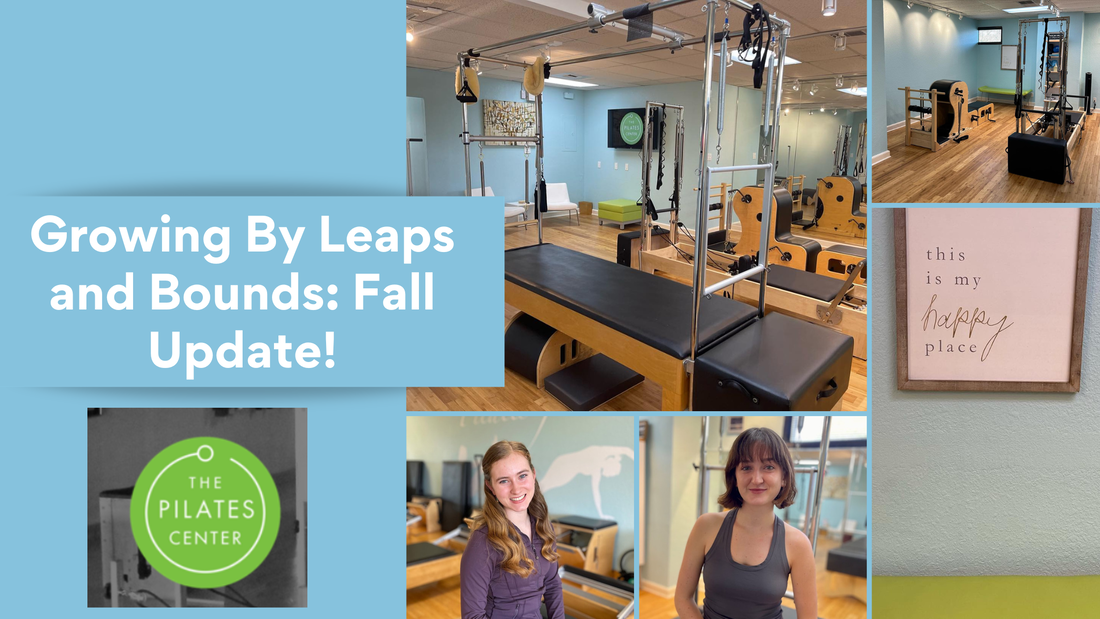
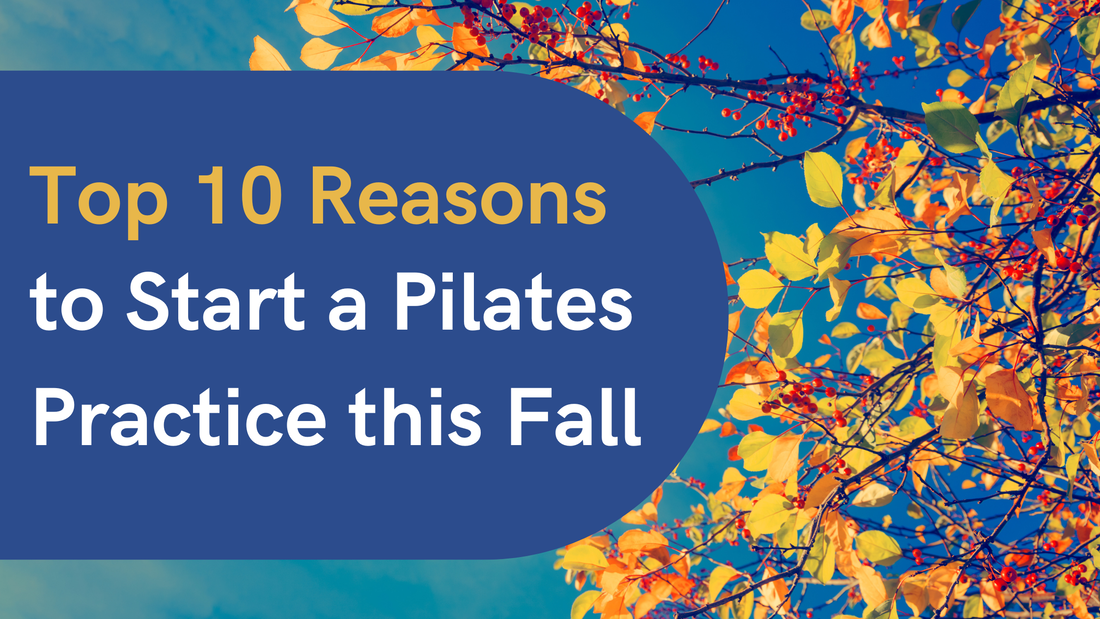
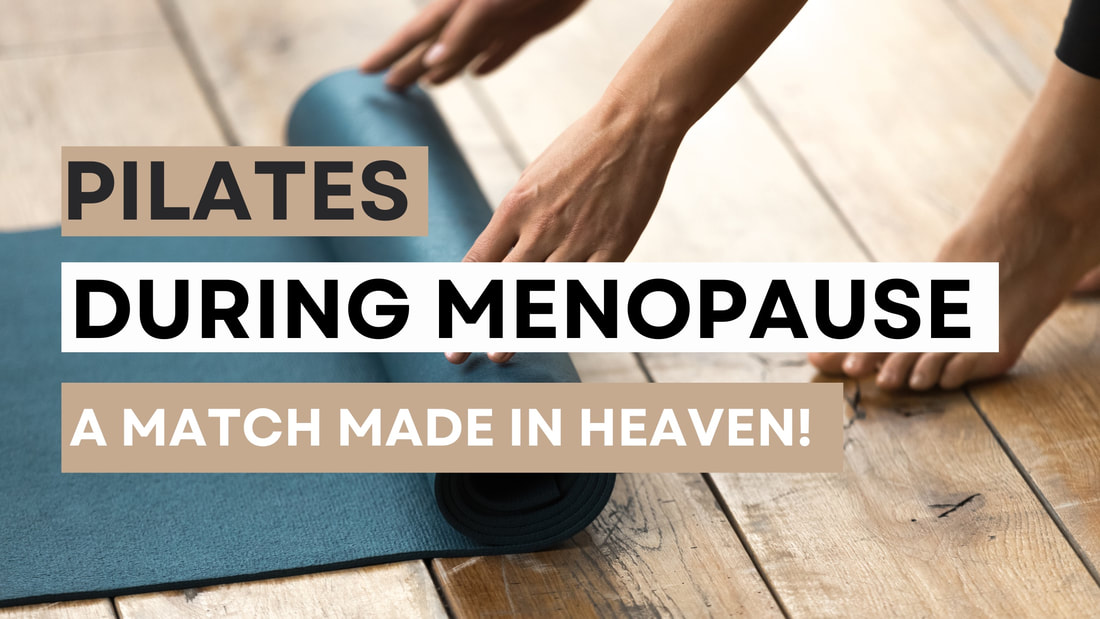
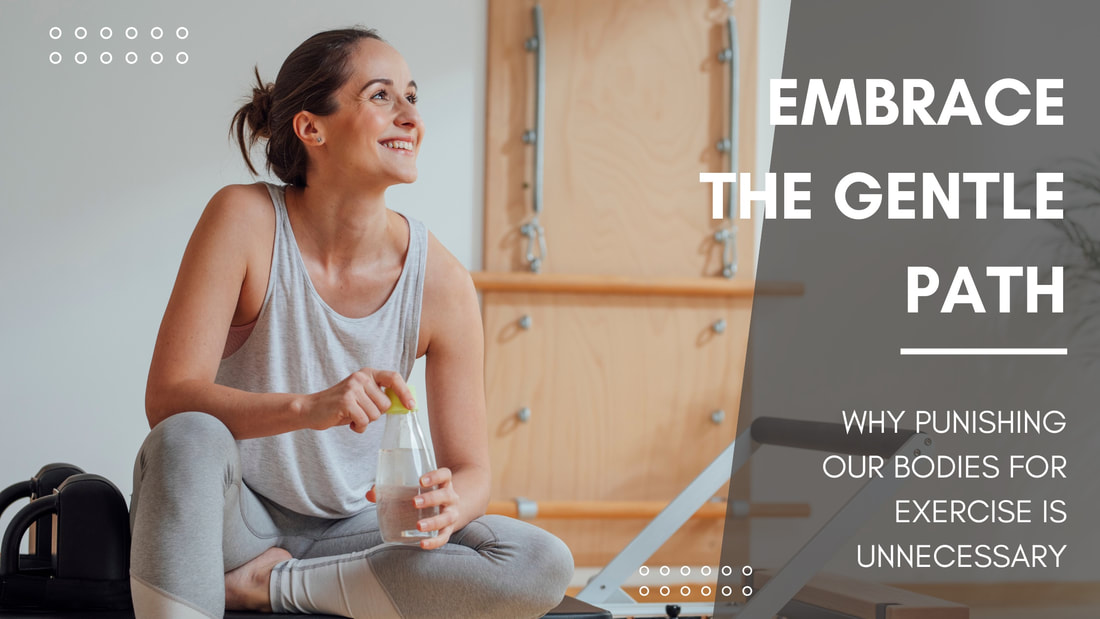
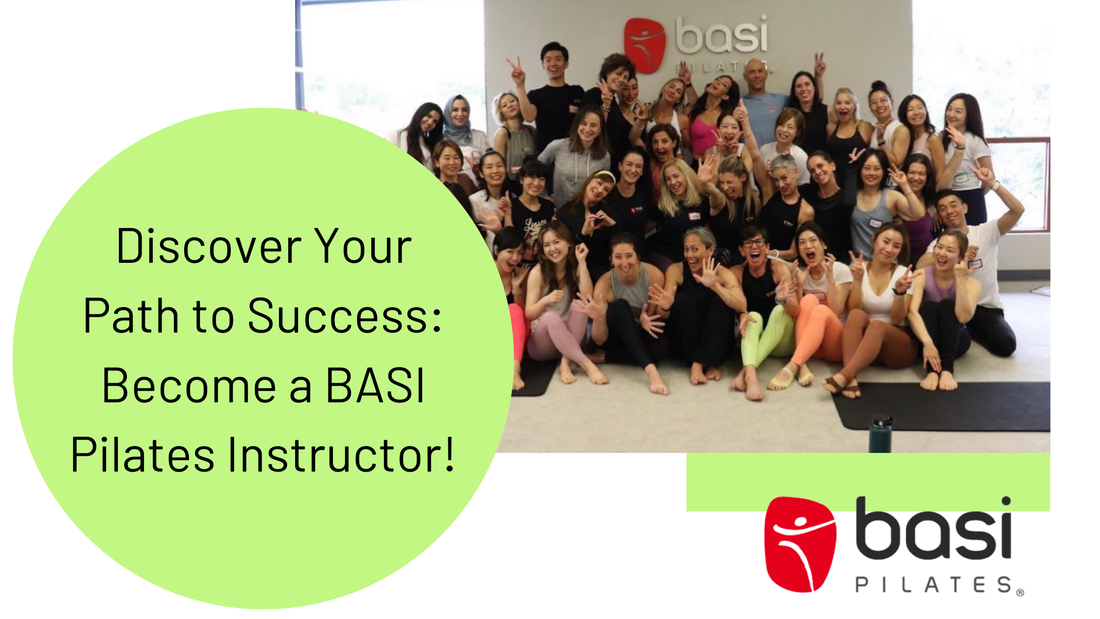
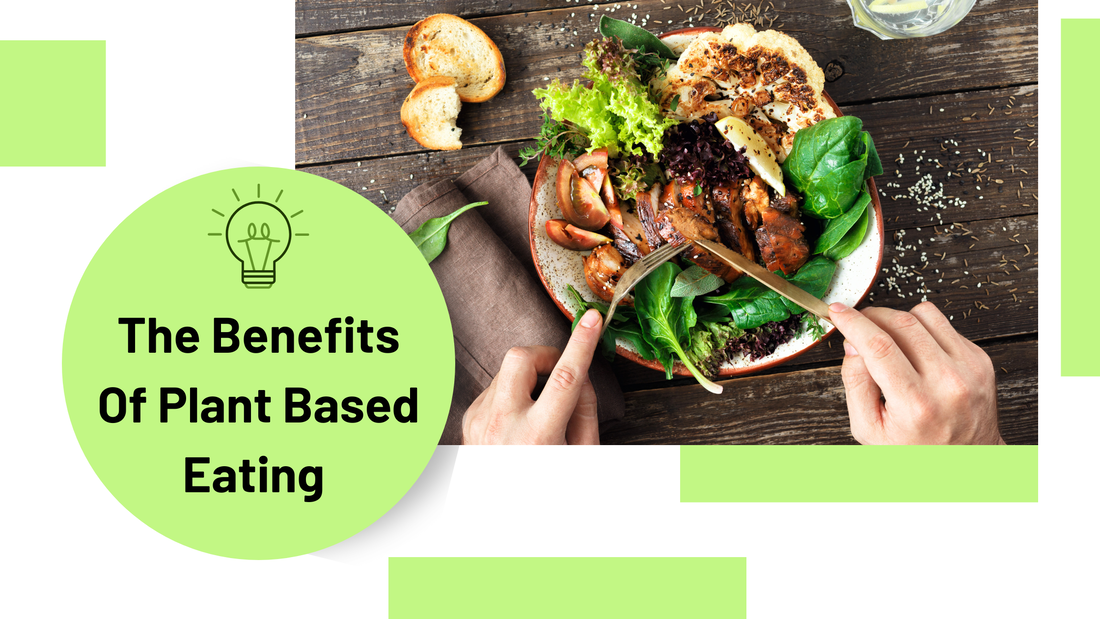
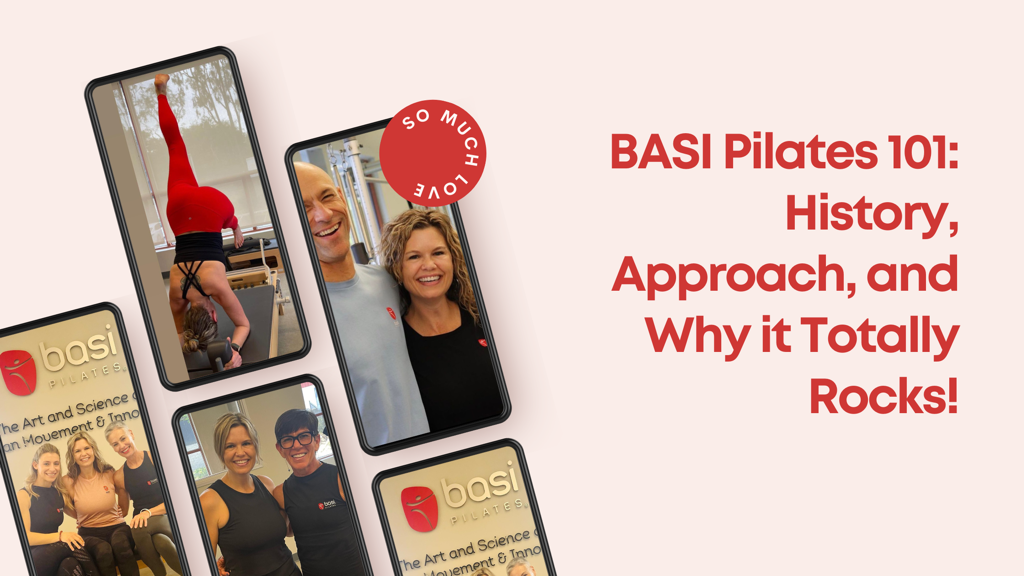
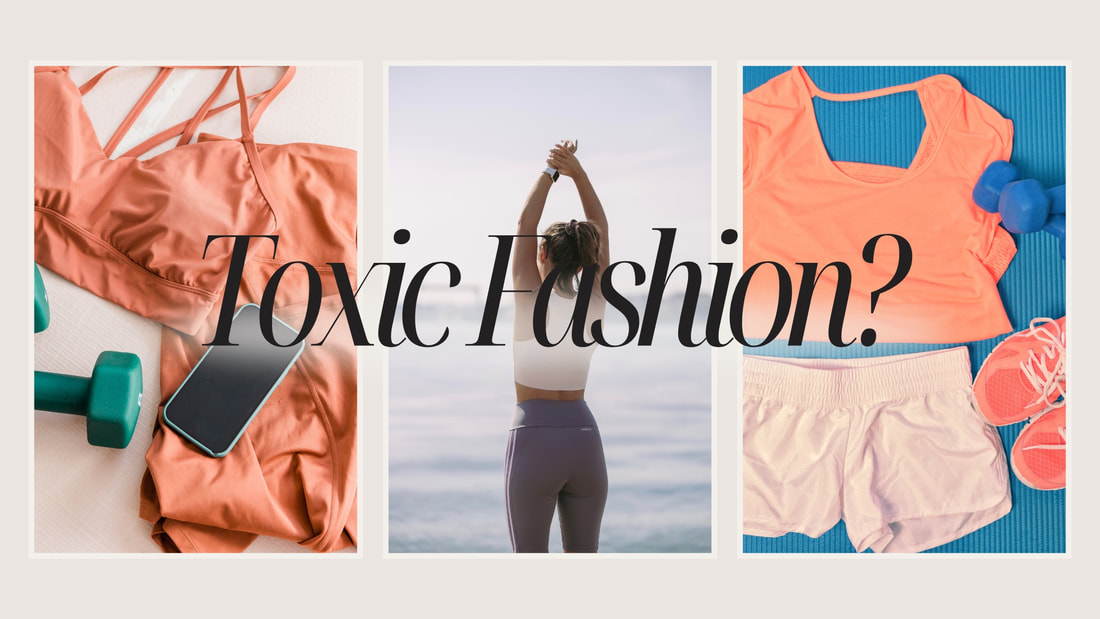
 RSS Feed
RSS Feed